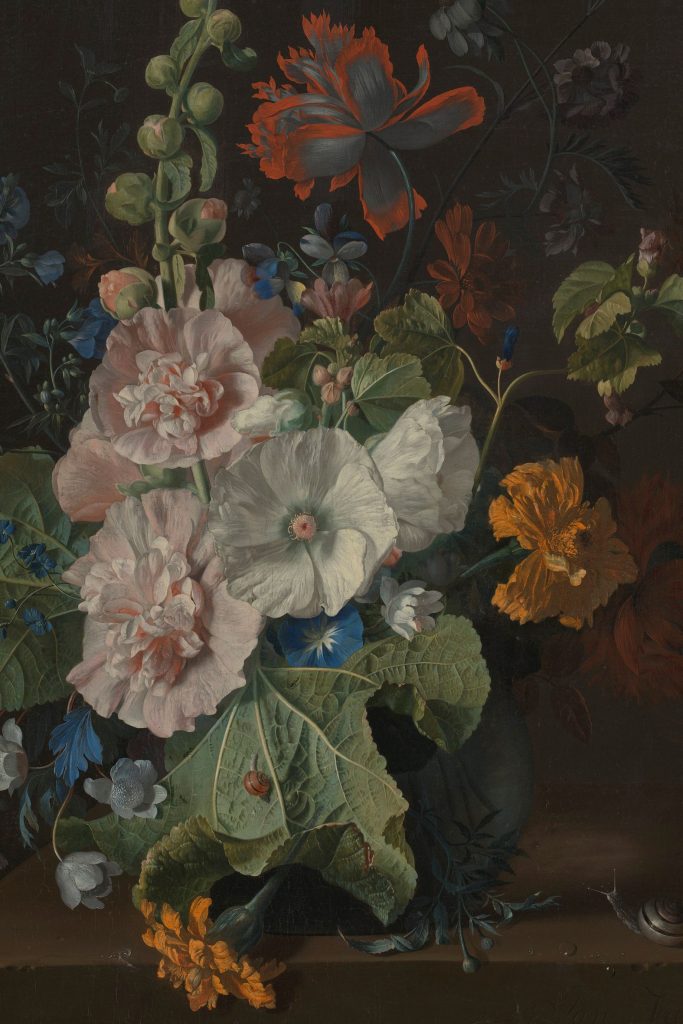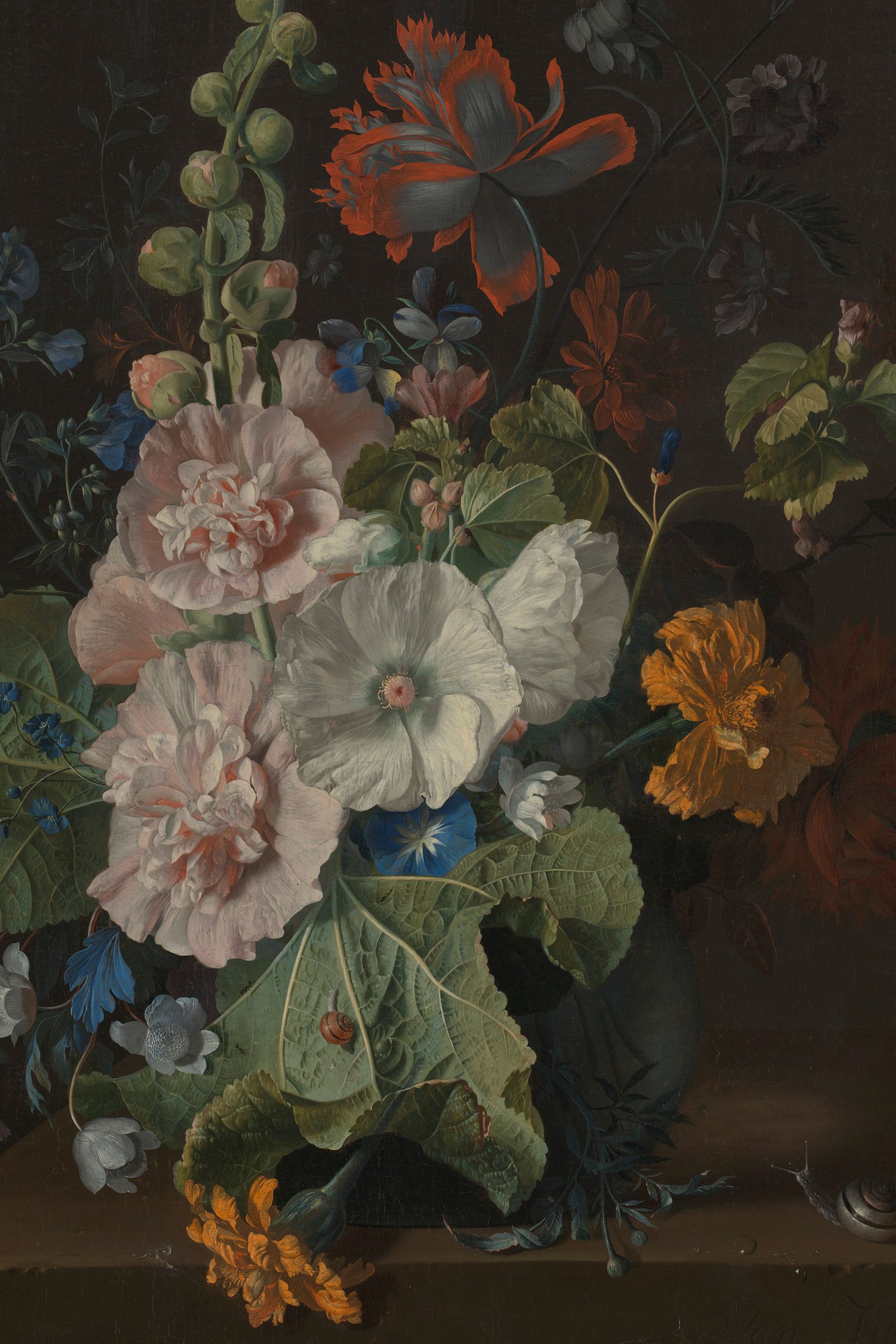
Exploring the Rose as a Symbol in Contemporary Art

Title: A Rose Is: Symbolism, Politics, and Art Interwoven at the FLAG Art Foundation
In literature, religion, romance, and even war, the rose has long served as one of the most potent and mutable symbols. At the FLAG Art Foundation in New York City, the exhibition A Rose Is explores this rich and complex tapestry through the lens of contemporary and historical artworks. Curated by Jonathan Rider, the show invites viewers to examine how a single flower—the rose—can encapsulate narratives of beauty, politics, gender, consumerism, violence, and identity.
The Eternal Bloom of Metaphor
The exhibition’s title references the famous line by Gertrude Stein, “A rose is a rose is a rose,” highlighting the enigmatic elasticity of the rose as a symbol. As the viewer walks into the gallery, they are greeted by Tony Feher’s 1992 work “Untitled,” in which a plastic rose juts from an iconic Anthora coffee cup. This unexpected pairing of industrial detritus and artificial flora opens the door to the show’s broader thematic inquiries: how the rose takes root in vastly different social and artistic contexts.
Roses of Myth and Muses
The fairytale of “Beauty and the Beast” presents the rose as a time-bound symbol of love and sacrifice. This idea echoes across several artworks in the gallery, including Kay Rosen’s text-based wall poem, gently disrupting the semantics and phonetics of the word “rose” to transform it into lyrical play. These works nudge visitors not just to see the rose but to hear it, feel it, and reinterpret its meanings.
Cultural and Emotional Resonance
Throughout history, the rose has acted as a proxy for purity and chastity, as seen in Marian iconography, but also for sensuality and loss, as in Sapphic verses or William Blake’s “The Sick Rose.” These contrasting interpretations are mirrored in Peter Hujar’s haunting photograph “Candy Darling on Her Deathbed” (1973), where the titular Warhol superstar is encircled by roses in a final, glamorous repose. Evoking both glory and mortality, the flower acts here as both crown and elegy.
Consumerism and Desire in Full Bloom
Sara Cwynar’s film “Rose Gold” (2017) interrogates the commodification of beauty through the Apple iPhone in its pink-hued “Rose Gold” edition. By dissecting the commercial and emotional payload embedded within the product’s color and branding strategy, the work looks at the rose color palette as one of aspiration and class signifiers.
Roses as Weapons and Witnesses
Gabriella Hirst’s powerful installation “How to Make A Bomb” draws chilling parallels between horticulture and weaponry. By referencing the Rosa floribunda “Atombombe,” a rose hybrid bred in postwar Germany, Hirst complicates our relationship with beauty and destruction. Complementing this, Taryn Simon’s archival project Paperwork and the Will of Capital presents bouquets from diplomatic events, including those from a 2012 Ecuador-Iran economic cooperation agreement smuggling US dollars under sanction scrutiny. Here, florals are more than mere decor; they are silent spectators—or perhaps accomplices—to geopolitical maneuverings.
Botanical Symbols of Revolution
Anna Jermolaewa’s “The Penultimate” installation places bouquets on a chair, each representing recent socio-political uprisings named for flowers: the Jasmine Revolution in Tunisia, the Rose Revolution in Georgia, and Myanmar’s Saffron Revolution. One empty vase sits waiting, a stark reminder that revolutions continue and the symbolic potential of the rose as resistance is far from wilted.
Tragedy and Memory Encapsulated in Petals
Farah Al Qasimi’s poignant photograph “Gurdwara Nanak Darbar Sahib (Kansas)” pushes the symbolism of roses into the realm of memorial. Taken at a Sikh temple following a racially motivated mass shooting in 2017, the image features two bright roses radiating against a shadowed interior. The floral beauty provides a subtle counterpoint to the sorrowful context, offering an elegiac meditation on violence, misunderstanding, and grief.
The Lexicon of the Rose Expanded
The FLAG Art Foundation’s A Rose Is deftly showcases works by an eclectic group of artists including Cy Twombly, Louise Bourgeois, Joe Brainard, Jay DeFeo, Awol Erizku, James Rosenquist, and Andy Warhol. Each artist brings a distinct lens to the motif, demonstrating the rose’s manifold lives in form and metaphor. Whether utilized as a literal object, cultural allusion, or semiotic puzzle, the rose emerges as a conceptual platform connecting past and present, East and West, personal truth and collective memory.
Conclusion: The Bloom That Never Ends
A Rose Is is not just about flowers—it’s about everything a flower can represent. In melding political commentary, personal histories, and linguistic play with the evocative power of a